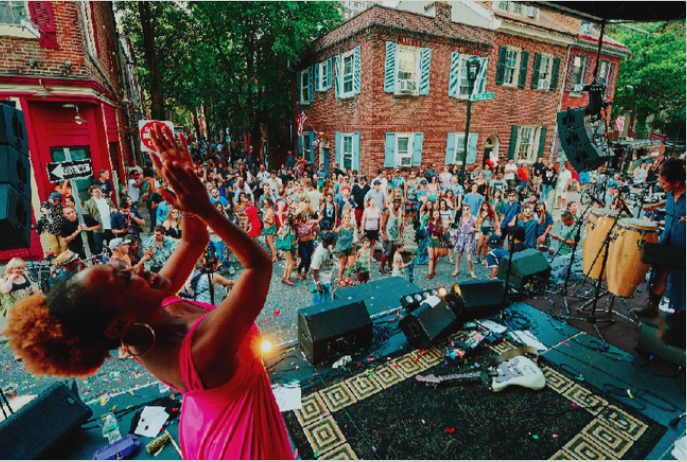
Equipping leaders to shape culture through Connection, Community, & Compassion.
Our Values
Culture.
Culture, the way people have adapted to their lived experiences over time, is at play in every portion of our lives. It’s our “invisible passenger.” Culture is neither right nor wrong; instead, it is either accepted or disenfranchised. Culture is built. Culture is learned. But most importantly, culture is malleable.
Connection.
Connection requires vulnerability. Brené Brown defines vulnerability as “taking the emotional risk to connect.” It’s the art of choosing to let others see us as we are, free of our roles, accomplishments, and expectations. Connection happens at the deepest level of humanity and require a lot of courage in unfamiliar places.
Community.
Community occurs when a group of people have purposely crafted a space of belonging and acceptance for all of its inhabitants. When community is present, there are no bystanders, no outsiders. Just family. Community is founded upon a sense of belonging, connection, and understanding. Its culture is powered by love and acceptance.
Compassion.
Compassion is choosing to love based on experience. It requires empathy. When we can put ourselves, past or present, in someone else’s shoes, it becomes infinitely more difficult to reject that person. Compassion is the result of a heart that has found the courage to connect, love, and understand.
“Culture matters. Teaching works.”

Today’s leaders train
tomorrow’s leaders.
The call that has been placed on our lives is one of Legacy. The way we recover from the past and respond to the present determines how we prepare for the future.
Dedicated to Change.
The first free, tax payer-funded school in the United States was founded in Dorchester, Massachusetts in 1639. Since then, the population of students served by American schools has diversified immensely; however, the practices by which we serve them have not. Every school houses students with needs that extend beyond those typically provided in the general education classroom. As an advocate for those children, I have answered the call to help bridge the gap in the cultural knowledge, understanding, and practices that many schools traditionally face.
The time for change is now. Click below to find motivation and renewed vigor in the successes we’ve seen so far.






